X
HGG Community Forums
Log In to HorseGeneticsGame
HGG Community Forums
Join our discord server!
Howdy, Stranger!
It looks like you're new here. If you want to get involved, click one of these buttons!
Categories
- All Discussions68,241
- Announcements356
- HJ2 Discussion67,060
- ↳ New Member Introductions569
- ↳ Help me out3,469
- ↳ Horses For Sale and Auction12,515
- ↳ Breeding Ads and Sales3,456
- ↳ Herd Helper39,570
- ↳ Bug Discussion120
- ↳ Repair Log12
- General Discussion825
- ↳ Saddle Sisterhood32
- ↳ Games, Contests and GiveAWays54
- ↳ Genetics245
In this Discussion
- AshaWindsong May 2018
- BurntHillCreek July 2018
- CeffylDwr May 2018
- Cheers December 2018
- CrewCut August 2018
- duelinghawks August 2018
- Ellesmere022 August 2018
- FallenShadows714 May 2018
- FeldingFields December 2018
- Haltanny November 2018
- HollowbetheInk August 2018
- Lallyhop November 2018
- ObsidianKitsune November 2018
- Ren November 2018
- RipshinCreekFarm May 2018
- RubyJoFarm November 2018
- TaosRun August 2018
- TrueBlueHorses October 2018
- Waldgraf November 2018
- wendolyne November 2018
- Wolvevenfrosst November 2018
Who's Online (0)
Help with the Color genes in this Stallion
-
White Spotting 2 is the next pattern. It’s usually referred to as W2 or White 2. It’s a fairly dangerous gene to mix with other patterns.
W2 usually gives us white lower legs and often a patch of white on the belly at low white factors. With more expression it gives us vertical stripes of white and base color across the horse’s body.
W2 has its own Breeders Club and is always in the GMT Lab.
W2 is KitW2.
W2 White Factor None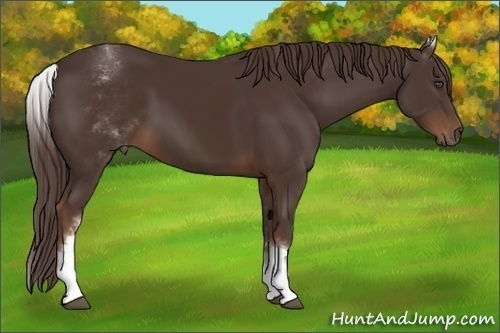
Simple Time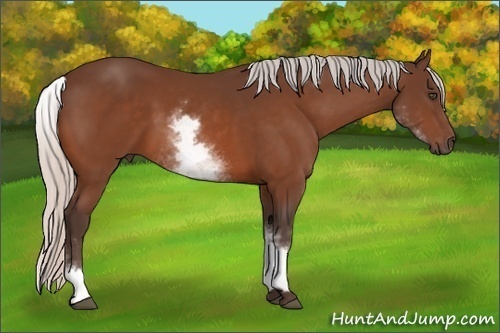
ShiningExample G2
W2 WF Minimal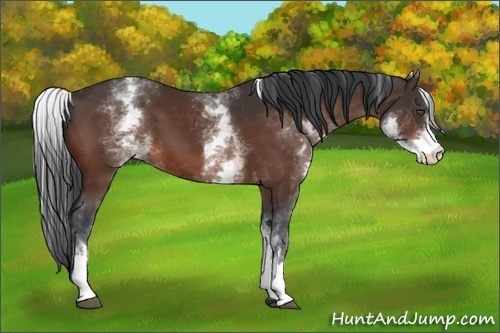
2 ML Smoking Gun w
W2 WF Light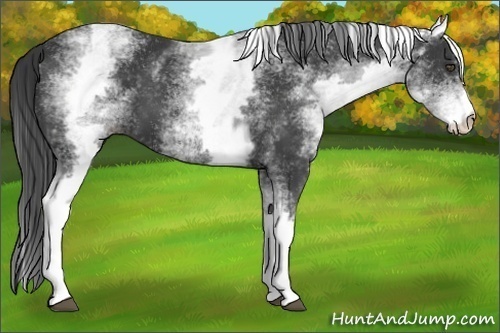
NC Treat
W2 WF Medium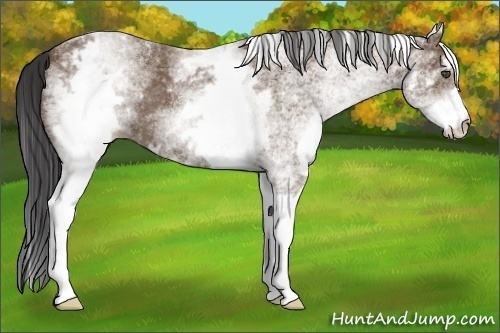
Cruiser 3G w2 R
W2 WF Large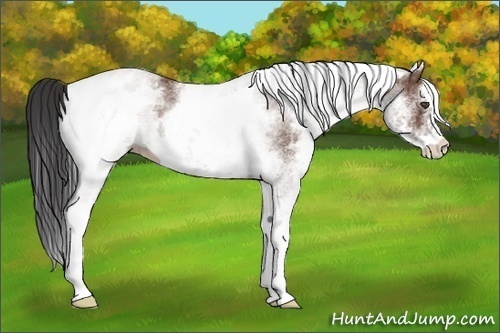
Right Era
W2 WF Extensive
SPX Hotot -
@Ammit, @ConfluenceFarms
I feel like @Cheers amazing guide to the genes should be a thread in their own right as opposed to innocuously hiding in a thread "help me with the colors on this stallion".
I am so grateful I stumbled upon this and bookmarked the discussion, but I am sure a lot of people have no clue it exists. And - I can't stress this enough - this guide is so helpful!
@Cheers: thanks for all the work you keep putting in! -
I agree...perhaps link to ot on the FAQ page as a detailed guideBREEDING DARKNESS (ok black liver but it sounds cooler)
And Silver Blue Pearls
Focusing on Sooty Plus, Sb2, W3 and W10 -
I would love to see some of this worked into the genetics guide if Ammit and Confluence think that’s appropriate. I love that the genetics guide goes into the academic research about the genes, but I didn’t find it particularly helpful as far as relating to the actual game mechanics...so perhaps it might be appropriate to work some of this in there?
-
White Spotting 3 is I think the very first gene we’ve come to that doesn’t occur spontaneously in the game! The only way to get this pattern is to buy it from the GMT Lab or to buy stock from someone who has gotten it from the GMT Lab.
Usually referred to as White 3 or W3. Not too dangerous but mix with other patterns with care.
Like the first two White Spotting genes, W3 tends to give us white legs. After that, the expression can be thinnner vertical stripes of white like W2, but with speckled edges instead of mottled edges. The striping may be very obvious or the speckling can be less defined. Leg and face markings will have jagged/speckled edges instead of the smoother edges we tend to associate with blazes and socks.
W3 has its own Breeders Club and is always available in the GMT Lab. It is Kitw3.
W3 White Factor None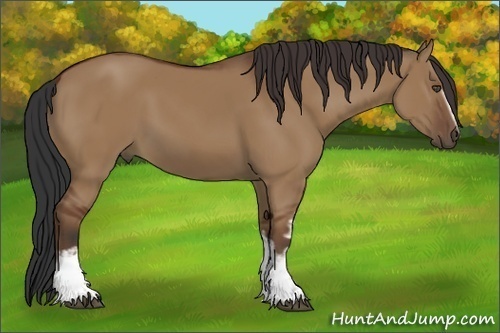
1341441
W3 WF Minimal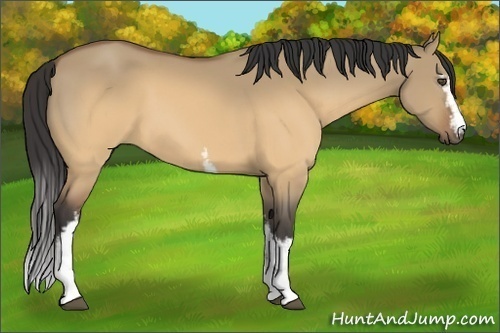
1343124
W3 WF Light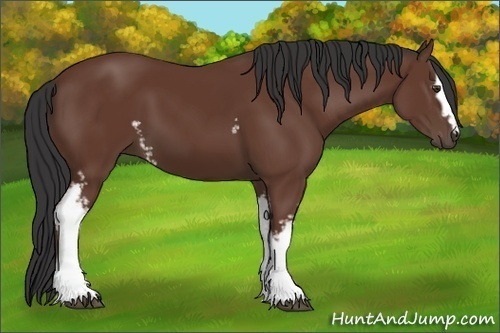
M1 Wild Centurion 2G
W3 WF Medium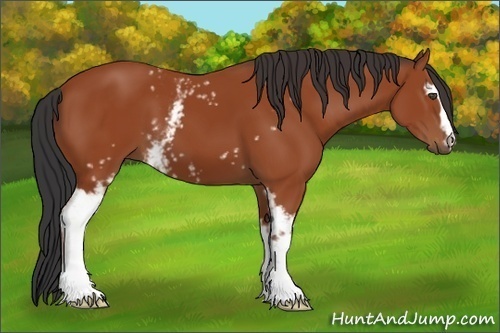
1341311
W3 WF Large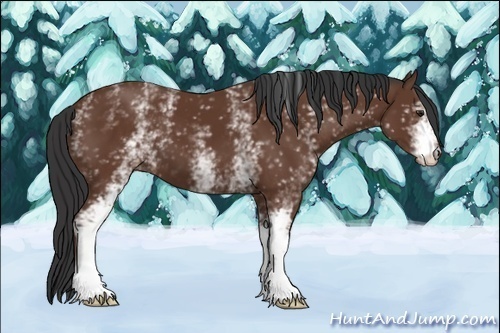
M1 Go On 2G
W3 WF Extensive
G4 switz fo
Another Extensive but showing general mottled/speckled color instead of the more defined stripes above.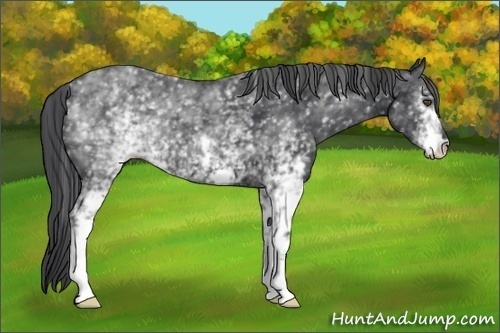
KI SH 198
-
White Spotting 8 is the next pattern. It does not spontaneously occur in the game and can only be added from the GMT Lab.
Generally referred to as White 8 or W8. Medium danger when mixing with other Kit patterns.
W8 generally presents as clusters of white speckles on a base color coat at lower white factors, or as large patches of white with very distinctly speckled edges at higher white factors. Unlike the previous 3 white spotting genes, it does not seem to have a preference for white coming up from the ground and base color coming down from the top line or for stripes of color—the patches seem to occur randomly over the whole body.
Written Kitw8. W8 has its own Breeders Club and is always available in the GMT Lab.
W8 White Factor None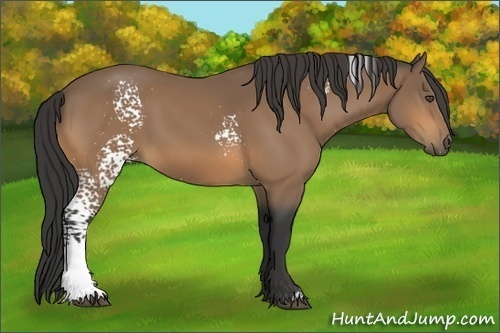
Gp M3 Merry Christmas 2G
W8 WF Minimal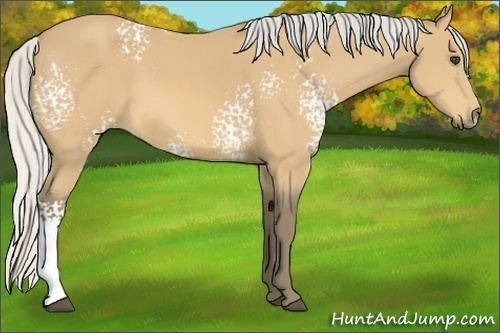
Equinox Winners Blue
W8 WF Light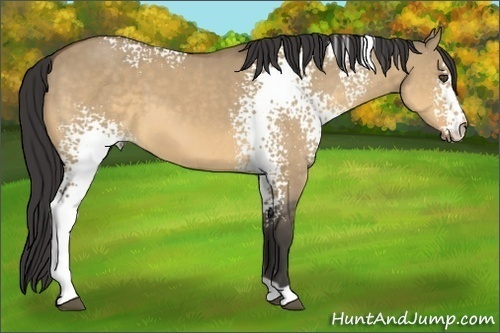
Equinox Royal Kitty
W8 WF Medium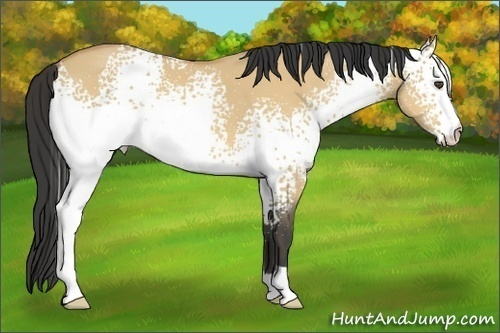
Equinox Rohan Wind
W8 WF Large
3G TBA Eventually Make It
W8 WF Extensive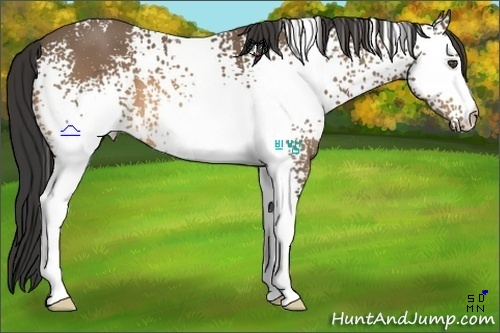
1336278
-
White Spotting 10 is our next pattern. Like W3 and W8, W10 does not spontaneously occur in the game. Unlike W3 and W8, W10 is NOT available in the GMT Lab except for certain special events, and is very rare in game as a result. The only way to get this gene at this time is to buy into a line someone else is breeding.
Generally referred to as W10 or White 10 in game. Fairly dangerous to mix with other patterns.
W10 is a lot like W1 but doesn’t express as strongly as W1 even at high white factors. W10 Horses generally have white coming up from the ground with a speckled border between the white and the base color. A bit like roan, W10 tends to look about the same at all white factors instead of being strongly influenced by higher or lower white factors.
W10 does not have its own Breeders Club, nor is it in the GMT Lab as of the time I’m writing this. I hope it gets its own breeders club soon and that it becomes available in the lab or there is another sale for it!
Written Kitw10
W10 White Factor None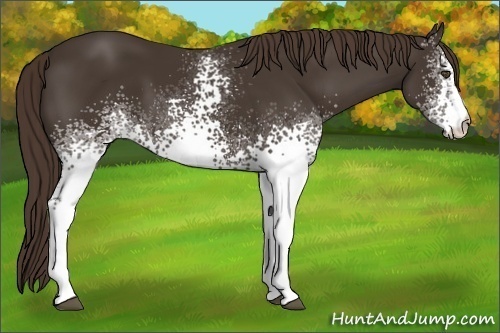
OC Bittersweet Freak
W10 WF Minimal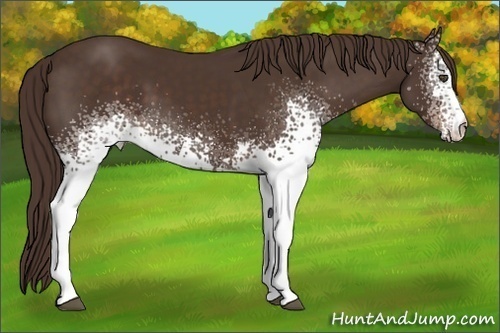
Gridlock
W10 WF Light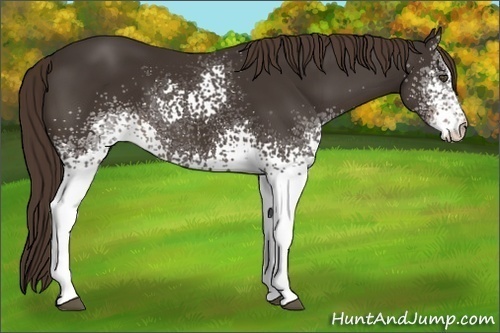
OC M3g Hot Magic
W10 WF Medium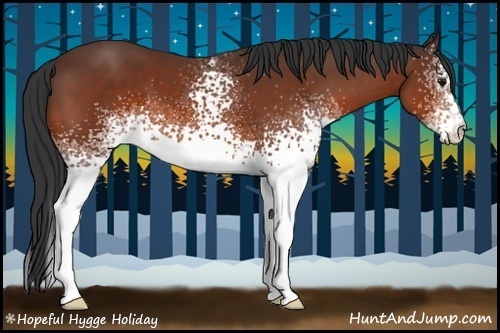
3 SSG Guenie Gift
W10 WF Large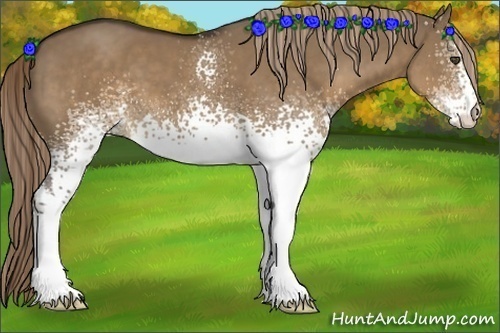
3GW LuckyNightB
W10 WF Extensive
SCP 1336817
I love W10, so I breed it a lot. One of the things I’ve noticed about W10 is that when you mix it with W20, you get a white horse with just a few base color speckles. I said I wasn’t going to show any Kit patterns mixed with another Kit pattern, but I’m going to show you this one because it’s sort of cool to see how much W20 affects this patterns especially after seeing how little it’s affected by WF.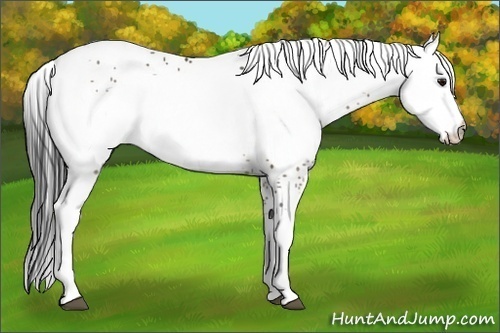
Kp M Knockinitback 2G -
White Spotting 20 is the next pattern. As discussed previously, W20 is more of a modifier than a pattern. It seems to contribute to “normal” white markings on the face and lower legs of horses, but having W20 doesn’t automatically cause these white markings. It seems to increase the expression of other patterns including Kit patterns and the Splash patterns.
W20 does not cause the White Spotted signifier in the color name of a horse. It does not have a Breeders Club. It does occur spontaneously in the game and it is always in the GMT Lab.
Written Kitw20.
A few examples of W20: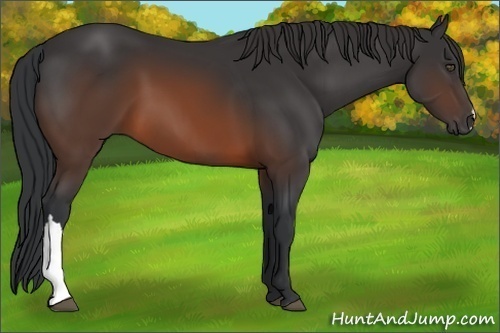
G2 MHF1335987
SuperWild 2g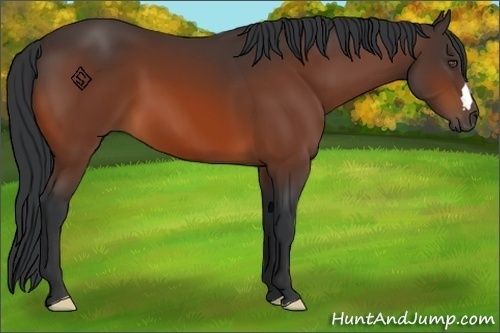
1336097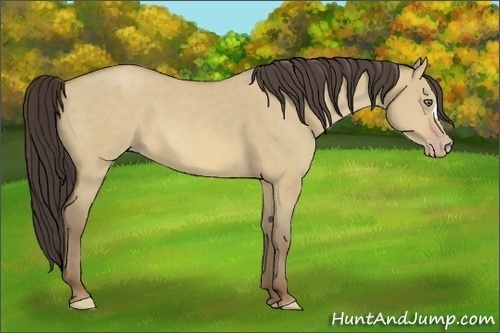
Making it Big
W20 also seems to very rarely cause a small white patch on the belly. I can’t find one quickly but it’s an expression to be aware of. -
White Spotted M is the last white spotting pattern as of this writing. There are many White Spotting or other Kit patterns being discovered all of the time, some of them unique new mutations, others that simply have never been genetically decoded so we don’t know they’re a different pattern than something that looks similar, so there are lots of possibilities for Ammit to add more patterns!
White Spotted M is also known as White M, WM and KitM. Kit M used to be White 4, and you will still occasionally run across references to W4 in old forum posts or on deceased horses in KitM lines.
Kit M is relatively safe to mix with other Kit patterns. Kit M is characterized by somewhat jagged patches of white with very round, circular spots of base color in the white patches. The edges of these markings are all very clean and crisp, like the edges of Tobiano markings.
Kit M has its own Breeders Club. It does NOT occur spontaneously in the game, but is always available in the GMT Lab.
Kitm is the genetic notation for Kit M.
Kit M White Factor None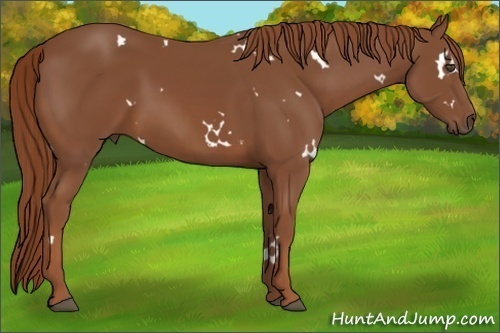
KI SH 216
Kit M WF Minimal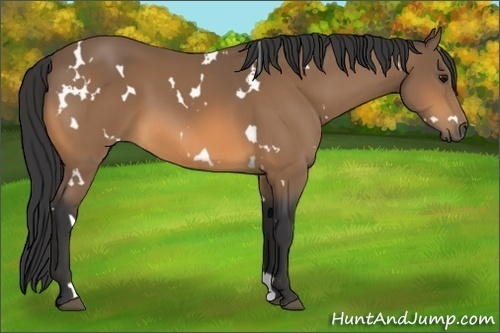
Gp M3 Phar Brighter 2G
Kit M WF Light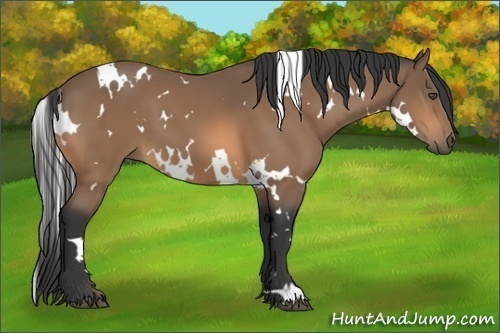
1341308
Kit M WF Medium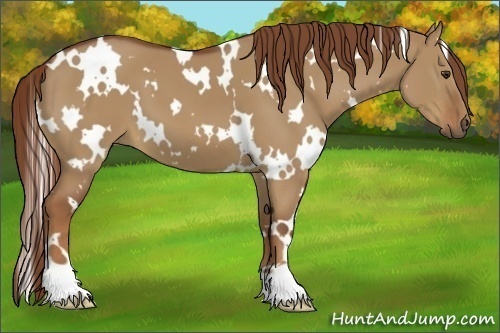
1337056
Kit M WF Large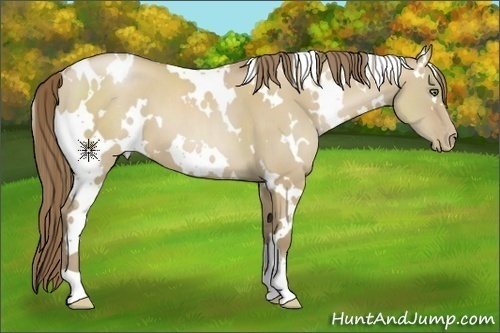
1339794
Kit M WF Extensive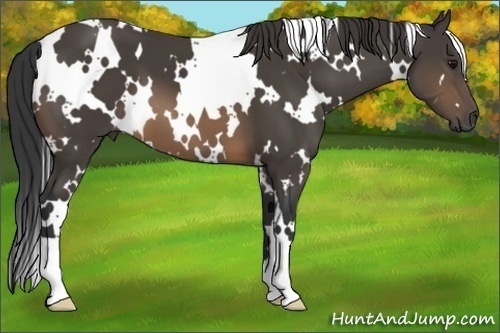
1337009 kmWA 5 -
Ok, we are up to the Sabinos! Sabino 1 is the next pattern. Sabino causes sort of feathery markings with jagged edges, especially on the face, legs and belly. Sabino is much much stronger when there are two copies, including a copy of each. That said, Sabino is relatively safe to mix with other Kit patterns.
Sabino 1 is usually referred to in that way. Occasionally I’ve seen Sab1 or simply Sabino.
Sabino 1 occurs in limited herd helpers, but does not occur spontaneously in random creates. It has its own Breeders Club and is always available in the GMT Lab.
Kitsb1 is the genetic notation for Sabino 1.
Sabino 1 WF None
B3 Viana
Sabino 1 WF Minimal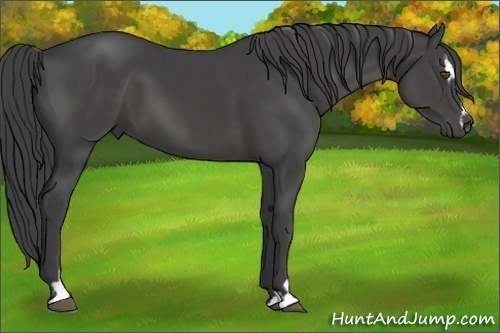
Equinox Eve of Rohan
Sabino 1 WF Light
Reaping South G5
Sabino 1 WF Medium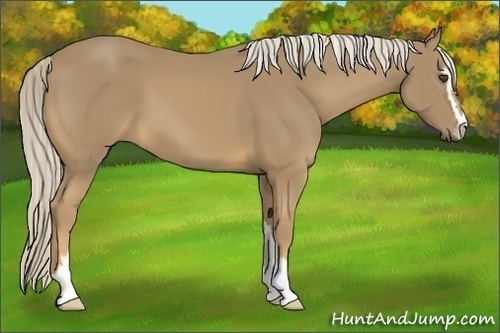
G3 Dirty Jingle
Sabino 1 WF Large
Rapid Raptors G10
Sabino 1 WF Extensive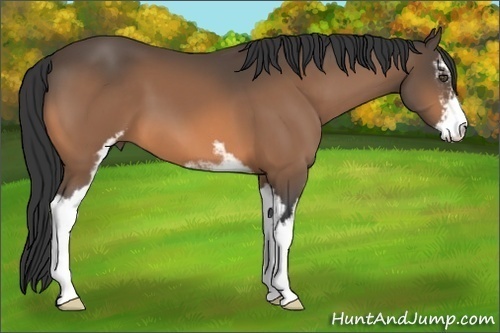
III Risk It All
Hom Sabino 1 WF Medium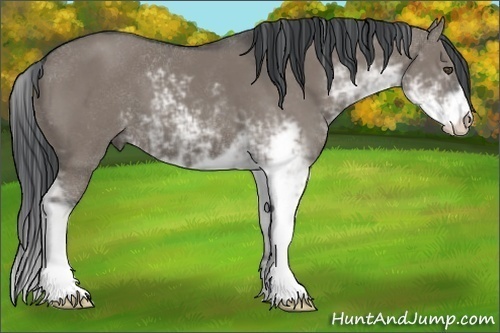
EE Shower 1353259
Hom Sabino 1 WF Extensive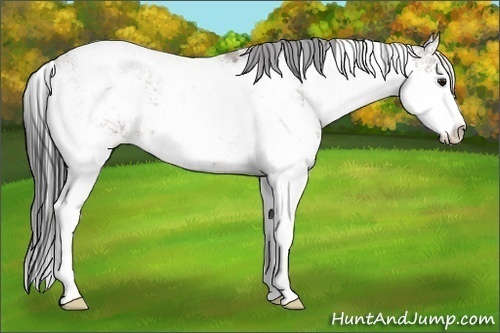
5 1348660 KP
-
I’ve also seen it referred to the way it is in the genetic code, sb1, sometimes.
And keep up the amazing work! You’re doing so great :xISO any and all Silver Pocket Watches!
God grant me the hbs to buy the ponies I need,
The fortitude to resist the shiny ones I truly don't,
And the wisdom to know there will always be more next time. -
Sabino 2 is our last Kit Pattern! Oh my! So exciting!
Sabino 2 is very similar to Sabino 1, but slightly “louder” in expression. White markings still seem to mostly originate on the legs, face or underside of the body/neck. They are somewhat less “feathery” at the edges, with more defined edges between white and base color.
Sabino 2 is usually referred to in this way, occasionally as Sab2. Sabino 2 never spontaneously occurs in the game, but is always available in the GMT Lab. It has its own Breeders Club.
Kitsb2 is the allele designation.
Sabino 2 WF None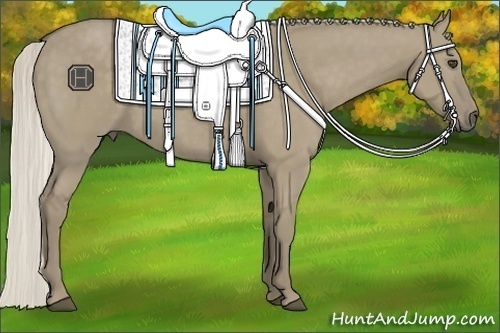
Equinox Rigel Soul
Sabino 2 WF Minimal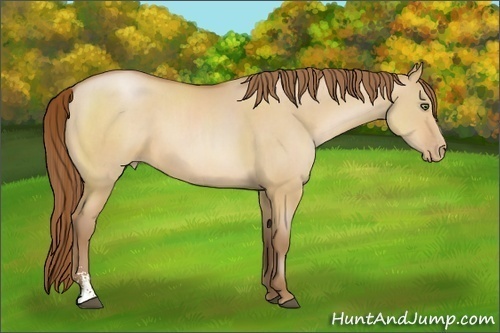
DS Snowman
Sabino 2 WF Light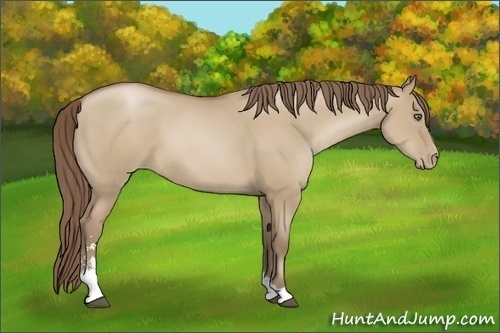
1339750
Sabino 2 WF Medium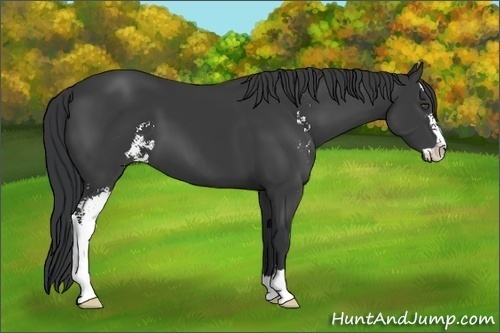
1339762
Sabino 2 WF Large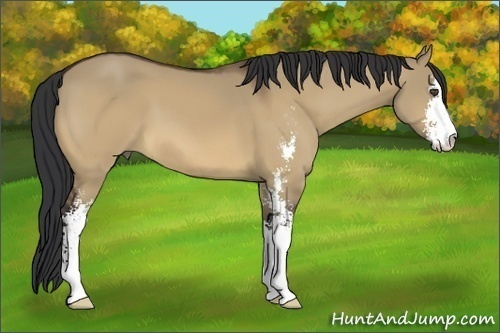
1339646
Sabino 2 WF Extensive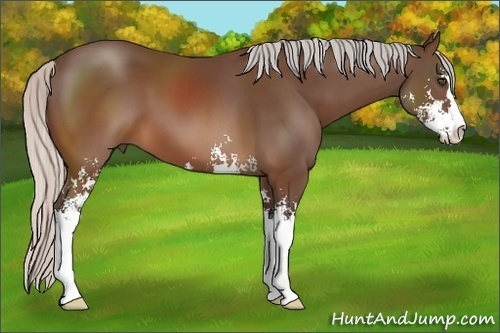
Lunar Illusion G9
Like Sabino 1, homozygous Sabino 2 is much stronger.
Hom Sab 2 WF Medium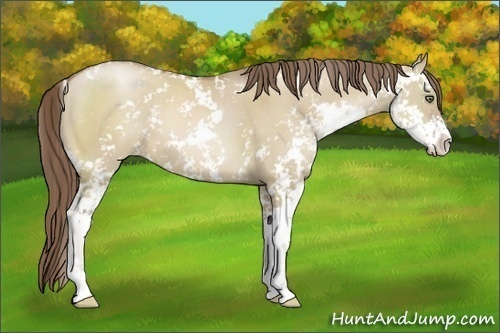
1339720
Hom Sab 2 WF Extensive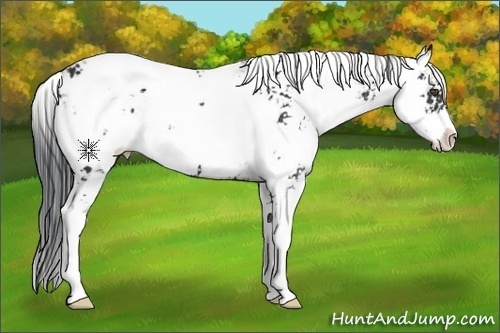
1339723 -
So, I appear to have skipped Satin. Satin is a recessive gene that only shows when it’s homozygous. It doesn’t even show up in the genetic test results unless a horse is carrying the recessive gene.
Satin horses have a lovely pearly glow much like satin fabric, almost like oil on water. This is due to hollow hair shafts in real life, which catch and reflect light differently to normal hair shafts. I think the distinctive metallic golden Akhal Teke is from something like satin, but don’t quote me on that! If you don’t know what I’m talking about, Google it! They’re amazing!
Satin never spontaneously appears in the game or on HHs. It is always available in the GMT Lab but is very very expensive. Satin has a Breeders Club. Satin doesn’t show up very well on heavily patterned horses with lots of white or on homozygous cream or older gray horses, but it is quite beautiful on most base colors.
Sa is dominant non-satin.
sa is recessive satin.
Here is a small sample of satin on various base colors.
Black satin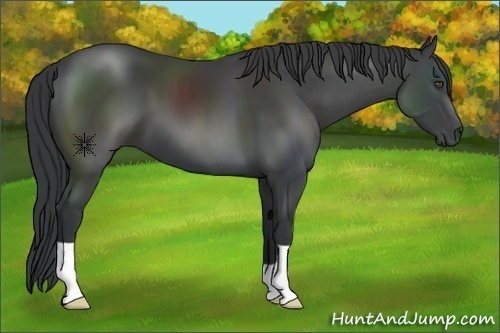
1339774
Red Dun Satin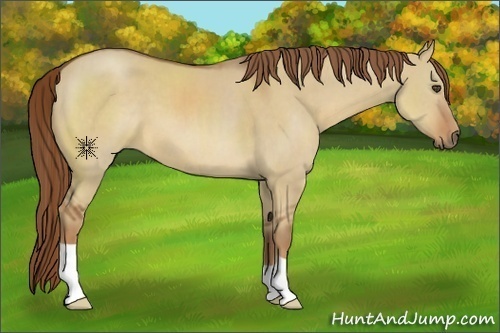
Ms 1339778 sh
Grullo Pearl Satin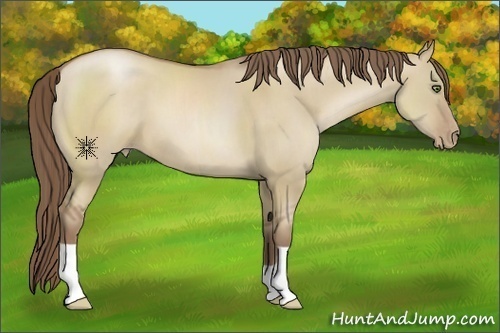
1339795
Grullo Satin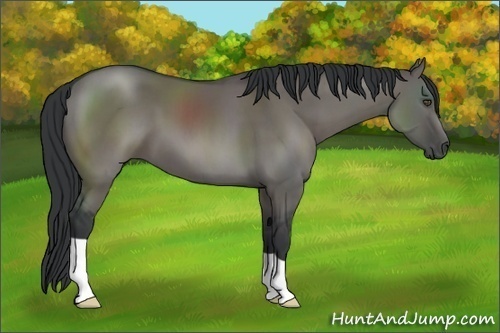
1339800
Bay Satin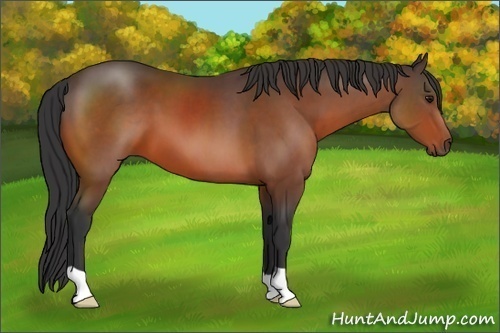
1339895
Liver Chestnut Satin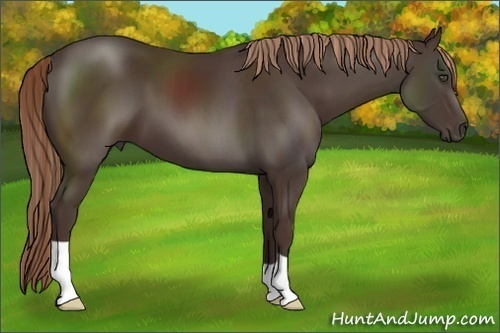
EE Shower 1362629
Perlino Satin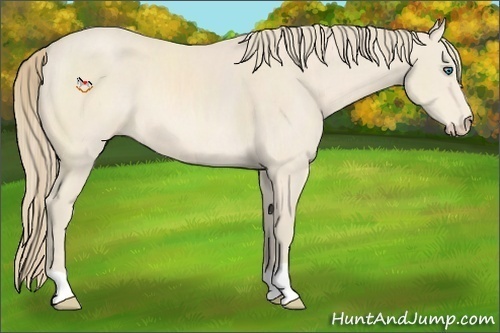
perlino1385687sasa9g -
Ok y’all, I think Splash is next. I’m going to cover all 4 varieties of Splash in the game together in this post even though they’re technically on two different genes.
There are three kinds of Splash on the Splash gene:
Splash 1 is Sps
Splash 3 is Sps3
Splash Macchiato is SpM
The fourth splash is on the PAX3 gene.
Splash 2 is PAX3^C70Y
Splash 1 is usually just called Splash. It occurs spontaneously in the game and is available in the GMT Lab.
Splash 2 never occurs spontaneously in the game. It is available in the GMT Lab.
Splash 3 never occurs spontaneously in the game and is NOT available in the GMT Lab.
Splash 1-3 basically look like the horse has been dipped feet and muzzle first into white paint. The level of expression varies between splash type and is also governed by White Factor. Macchiato is similar to splash but has an edge that looks “roaned” instead of the clean edge of splash 1-3. This is reminiscent of the look of milk “staining” espresso coffee and is the source of the name of this type of splash. Macchiato also lightens the overall color of the horse.
Splash M or Macchiato never occurs spontaneously in the game and is considered a Closed gene, meaning that you can only own breedable horses with the gene if you bought it directly from the game. It is not in the GMT Lab but is on the rotating gene sales list.
All 4 splash varieties are eligible for the Splash Breeders Club. There is not a special club for any one kind of splash.
Splash 2 is lethal when homozygous.
Splash 3 is lethal when homozygous.
Splash 2 and Splash 3 mixed together is lethal.
Splash and Macchiato are safe when homozygous, when mixed together, or when mixed with Splash 2 or 3 (but not splash 2 AND 3 together because obviously that’s lethal).
Homozygous slash or any two splashes mixed together will increase overall expression of the splash markings, which means splash is incompletely dominant.
Some splash examples:
Splash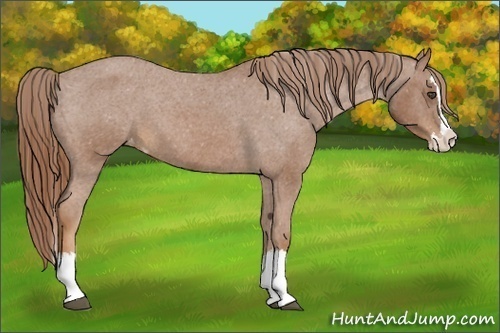
Carmel1650419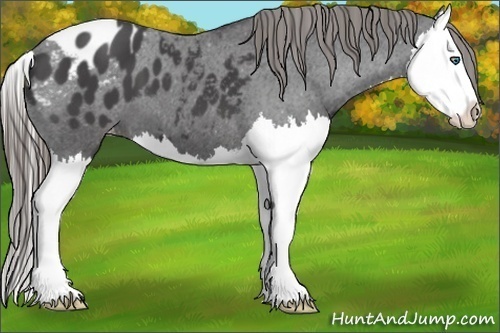
1650210
Please note that Splash 1 can sometimes cause a horse to have blue eyes.
Splash 2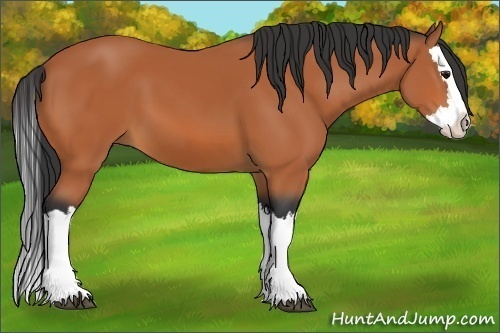
WO2 1661401 Splash2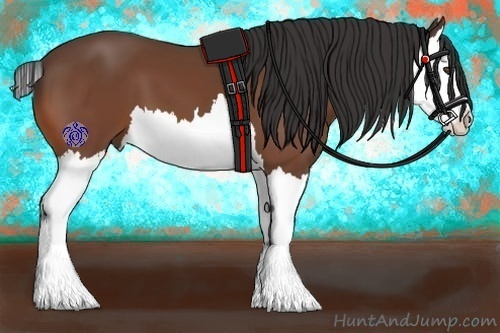
WO2 1661318 Splash2
Splash 3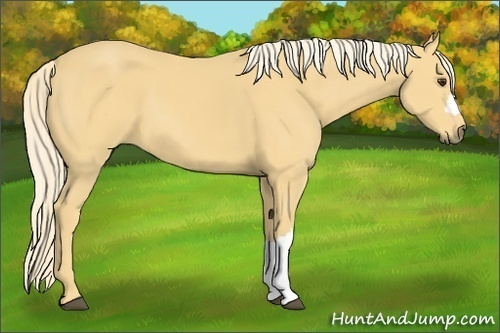
$ 1649586pf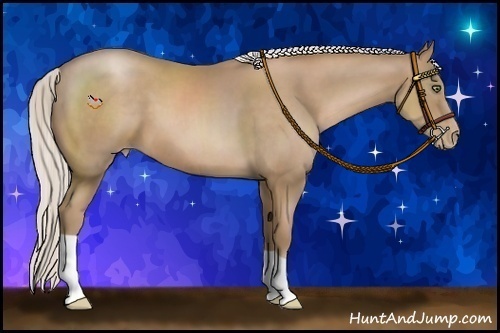
Starjack
Splash Macchiato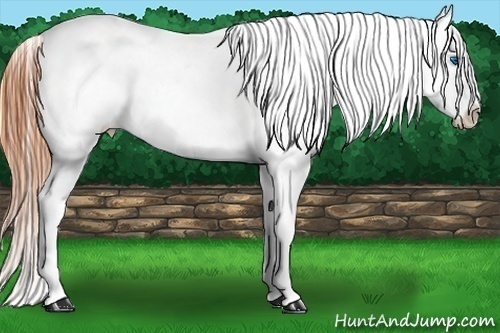
1659054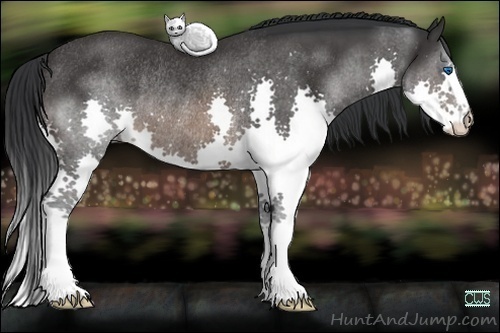
3B Mocha Snow etfSmdp
Splash 1 and Macchiato can both cause blue eyes. As far as I’m aware, Splash 2 and 3 don’t, but I may not be accurate there!
-
So after that fairly complicated gene, let’s do a really simple one!
Rabicano is a simple Dominant/recessive gene. It causes speckled stripey markings over the ribs. The degree of marking seems to be associated with white factor.
Rb is rabicano
rb is no rabicano
Rabicano occurs spontaneously in game and is also available in the GMT Lab. It has its own Breeders Club.
Rabicano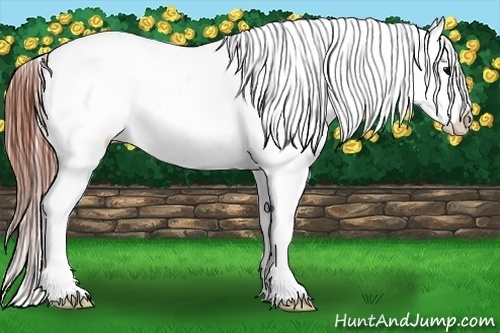
DRAMATIC SIGH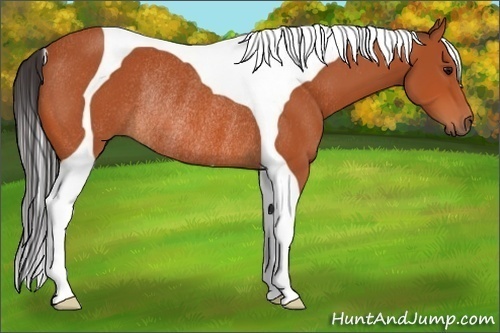
S Caboose Go Round
G Coquihalla Buzzard
-
@Cheers, just a few corrections to your post:
1. The Rabicano gene's nature in itself is a Homozygous Dominant gene. But like many genes that are Hom. Dom., they have a complementary recessive allele. Just be careful with how you use the terms dominant and recessive when discussing genes, by saying its a 'Dominant/recessive gene' tends to imply that the gene can be both hom. dom. and hom. rec. each having a unique phenotype.
2. Again because Rabicano is a hom. dom. gene you need to be more specific when referring to what genotypes represent certain phenotypes. By saying 'Rb is rabicano' and 'rb' isn't rabicano it can again confuse people, if they have a horse that is heterozygous for the gene but expresses Rabicano markings, they will be confused as the horse has the gene that is rabicano and the gene that isn't. If you are going to refer to the phenotypic nature of the gene, you will have to explicitly refer to all possible genotypes a horse can inherit, e.g.:
RbRb = Rabicano
Rbrb/rbRb = Rabicano
rb/rb = No Rabicano
Hopes this helps you in future conversations about all things gene's. If you have any questions don't hesitate to ask me, as I have studied animal genetics.
Thanks,
TBH"A stud designed to breed horses suitable for the High Country, the Show Ring, and anything this Great Southern land throws in its way"
ID: 21614Thanked by 1BlackWyld -
Hi TrueBlue,
Thanks for the feedback. However, I find your explanation much more complicated and difficult to understand than mine. Hom Dom? What?
I’m a vet so I have my share of background in genetics, though it’s not what I do for a living. What I actually do for a living is explain complicated medical concepts to lay people to try to convince them to spend money so I can help their pets. I find drowning clients in technical terms doesn’t help, so trying to bring concepts like genetics down to an understandable level rather than focusing on the exact terms used by experts is second nature to me.
The purpose of this thread is to provide a visual guide, not a university level genetics class. You’re welcome to provide a genetics class on another thread if you feel that my guide is confusing. However, I think it’s important to remember that most of the people who play this game are probably not medical professionals or biologists. Keeping things in terms that are understandable rather than using tons of jargon is important. I know some of the terms I use are innaccurate, but they are the terms used conventionally to discuss genes/alleles/loci and expression in game and trying to change that will just be confusing to everyone. -
@Cheers So much wonderful work here! Are you planning to cover fantasy genes in this thread?ISO any and all Silver Pocket Watches!
God grant me the hbs to buy the ponies I need,
The fortitude to resist the shiny ones I truly don't,
And the wisdom to know there will always be more next time.Thanked by 1wendolyne -
I want to thank you for the big help with all these genes. As I am sure many people agree they helped out alot.
Would you by any chance be doing any special genes? For example fantasy? -
Hey y’all!
Yes I do plan to cover the fantasy genes eventually. Next on the list is Appy and PATN1. Then I’m trying to decide if I do hidden “real” genes like DP and Snowflake before I get into the fantasies, or if I do all of the non-hidden genes and finish up with the hidden ones. I’m leaning towards the first approach right now. -
"Homozygous Dominant" means it has two copies of the dominant allele. The gene is technically "autosomal dominant", which means it is not sex linked and the dominant allele is required to express thd gene. "Rb is Rabicano" is correct because that allele is the rabicano allele.
Cheers, i think you should do the "real" genes first, including mushroom and the hidden genes, then do fantasy genes.#28036 -
Ok. I’ve been working on Appy in my head for a while here and to be honest I’m struggling with it, mostly because I think I don’t really understand it in real life and all the different terms that can be applied to it. Therefore, PLEASE, if I’m using a term wrong, tell me! Or if I’m missing a real life term that could help explain something, point that out too please!
There are some aspects of Appaloosa markings that are consistently displayed in game, some that are sometimes displayed and some that currently never occur.
Appaloosa is on the L gene. L is no appy, Llp is appy. Appaloosa is incompletely dominant, so one copy of Llp gives you the possibility of a horse with the spots most of us associate with the pattern, while LlpLlp gives you what is called a “snowcap” or a “few spot” Appaloosa.
In game all Appaloosas (unless they have another marking interrupting it) have pink muzzles with spots on them. Homozygous cream and splash and other patterns might override this. They may have striped hooves. They may have some degree of white “blanket” marking starting just barely over the rump or extending over the entire horse. This blanket may have roundish spots on it with one copy of Llp or no/very few spots with LlpLlp. The horse may have a roan sort of effect to its coat without Kitr. This is called “varnish” and varnish may increase over time. The horse may also be a slightly lighter, more golden or sometimes almost slightly purple shade (especially with dun or het cream in the mix) than “normal” which is known as Appy “bronzing”.
Appaloosa has some other characteristic markings in real life, like mottled skin around the eyes, that don’t happen in game.
If present, the size of Appaloosa spots is at least partially associated with the number of darkening genes the horse has (Ssty and DP). Horses with more darkening genes usually have bigger spots.
The size of the blanket marking is partially controlled by another gene in the game and we will hit that next entry.
Below are a few examples of possible Appaloosa markings.
This is basically what I see in my head when I hear “Appaloosa”. A blanket Appaloosa with spots (Het Llp) and this girl also has a fair amount of varnish. Please note the mottled muzzle/lips.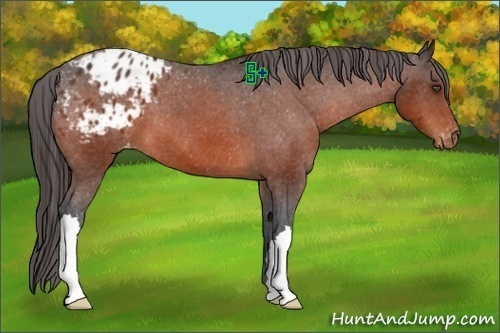
S1650624
Smaller blanket + varnish
Summers Buckaroo
Almost no blanket + varnish, this horse would have looked almost like a normal bay as a young horse.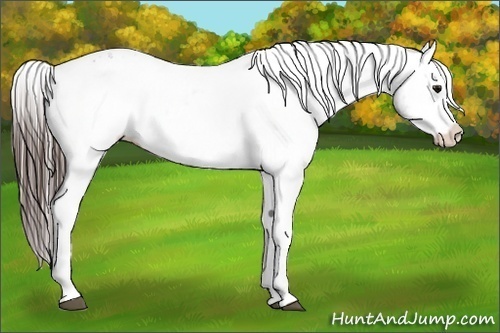
4 Donners Blackout a
A 2 year old minimal blanket with early varnishing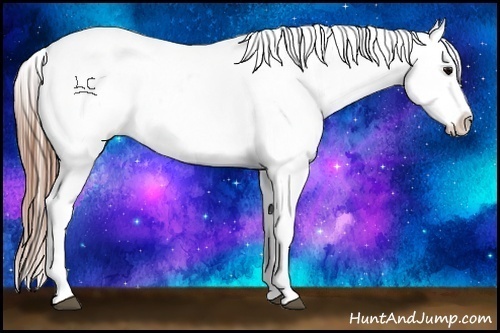
LC1 Smoke
Bigger blanket + varnish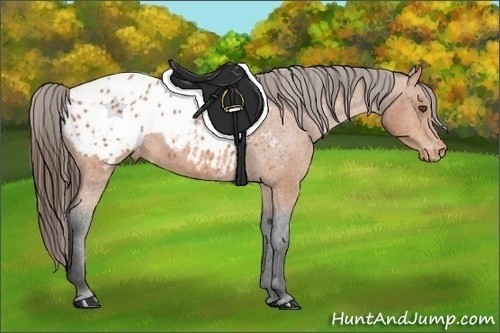
Ziggy i cute
Nearly all blanket or a Leopard Appaloosa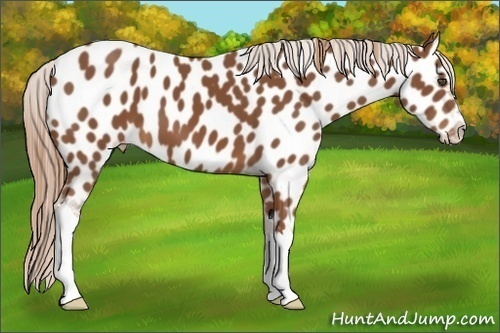
1650299
Hom Llp small blanket with few spots, also known I believe as a “snow cap”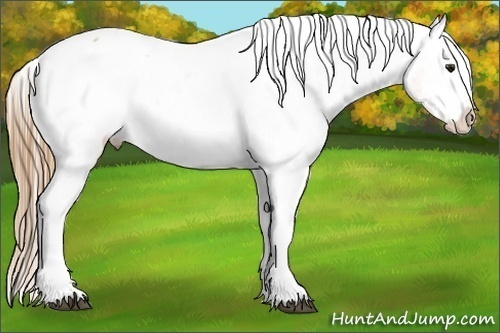
MRs Dun Equally
Bigger blanket, roan instead of varnish.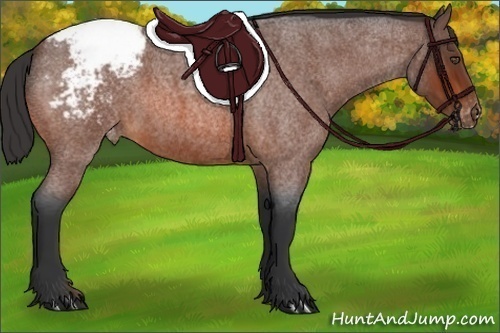
Captain Carrot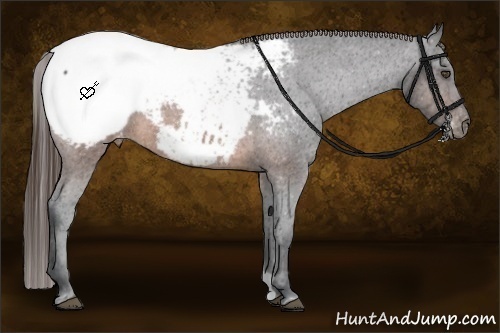
1651364
“Few Spot” or near few spot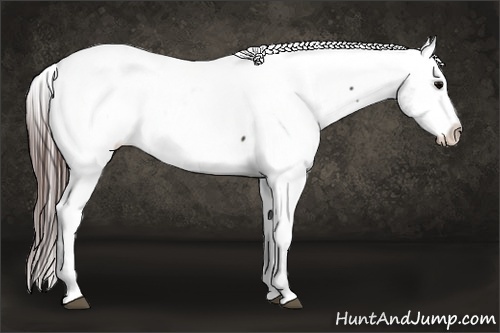
Yulex2 1652718s nThanked by 1Lallyhop -
So remember I said there’s a gene that partially controls blanket size? It’s on the ECA3P gene.
Hom ECA3P+ with at least het Llp gives you a smaller or minimal blanket usually.
But ECA3P+ and ECA3P^PATN1, usually just referred to as PATN1 or PATN in game, gives you a bigger blanket.
And Hom PATN1 edges you towards a near or full leopard or fewspot.
The ECA3P gene is not displayed in gene test results for horses that don’t have Llp. Also, you cannot search for PATN1 in the horse search. This makes it unique among the testable genes, because as far as I know it’s the only unsearchable testable gene in game.
No PATN1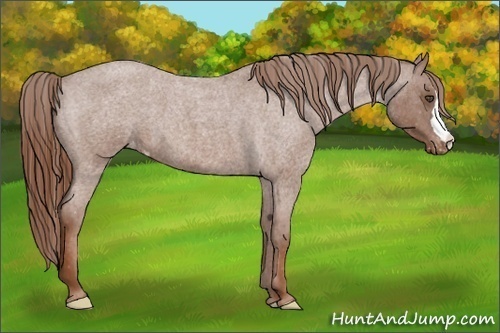
S Keeping The Show Roan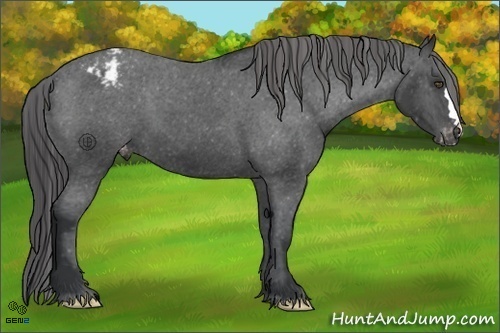
1650712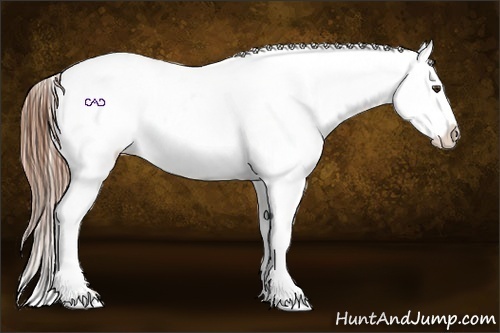
CAD April Crash 4
1651364
Het PATN1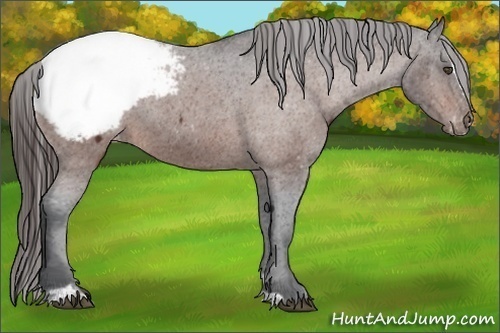
1660334show
1660317DBsf2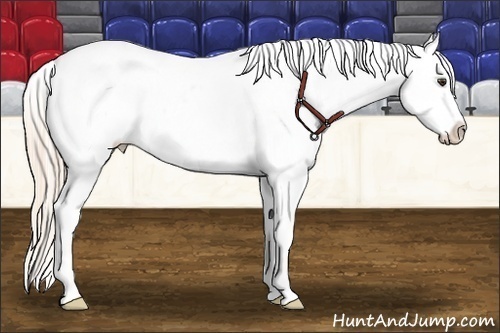
Precious Metals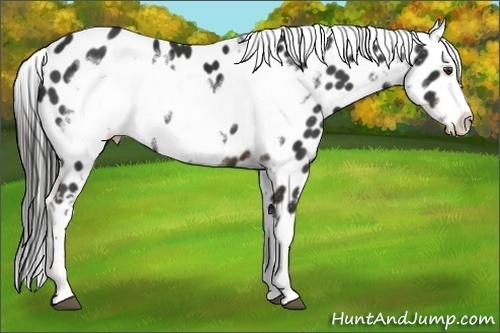
Ocealphos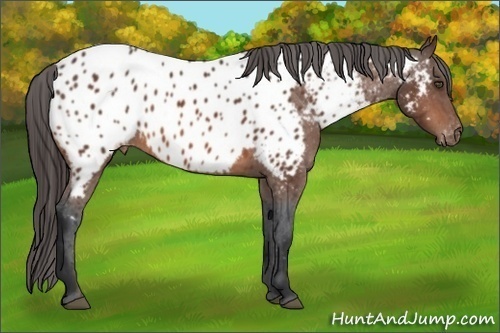
Unsettled Enough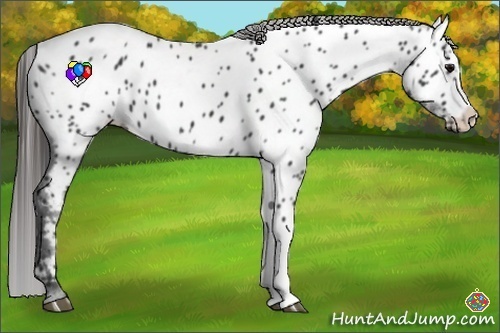
X Seargents Girl
Hom PATN1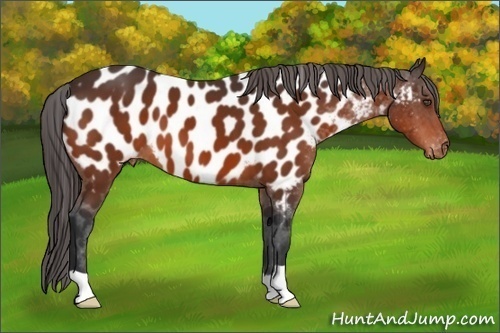
warxm02 3G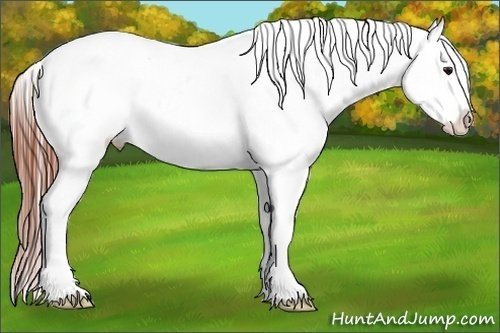
G4 MHF1653722 SNF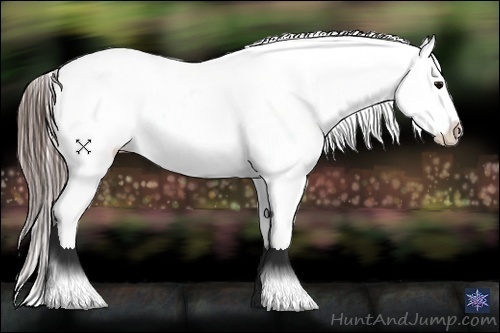
WG Granite 4G SNF
ML Promise Keeper a2
I will do Snowflake next post!
-
I'm also pretty sure that w20 can increase the blanket size. Not 100% sure, but pretty darn sureProducer of Volcanic Glass Drafts. Lapisobsidianus.
Prices are almost always negotiable. -
:bzID# 24891
Specializing In G1-G7 WBs:
Appaloosa/Leopard Apps, Pearl, Thunderstruck, Watercolor, Snowflake, Kit Promoter (KP), Kit M, Ice, Satin, Nexus, Sooty+, Dense Pheomelanin (DP), Chinchilla, Mushroom, and Wrong Warp. -
Based on my understanding, W20 shouldn’t have any effect on blanket size but that doesn’t mean that it doesn’t. Since blanket size is so variable anyway, I’m honestly not sure.
I did some cursory checking just now and the largest blanket options for each level of PATN1 is possible without the influence of W20 but that’s not necessarily conclusive! -
Talk about going back to school, except for horses genetics this time. My head is spinning...
-
I do recall Ammit talking about a hidden gene in the code that also influences blanket size, I believe, but I'm not sure w20 has anything to do with it, or white factor for that matter.
An interesting side note - from what I saw in the gene sales, it's possible varnish and snowflake rest on the same allele. The couple of snowflakes I made didn't have it, but when someone else went to add it they saw something that read "vn" on the first gene strand they added it to, and that was swapped out for the snowflake.
Based on that, I would make a haphazard guess that in the game, varnish presents minimally when there are no copies of it on the horse, to a small to medium extent when het, and then happens quickly and strongly when hom. Of course, that's all hypothesis.ISO any and all Silver Pocket Watches!
God grant me the hbs to buy the ponies I need,
The fortitude to resist the shiny ones I truly don't,
And the wisdom to know there will always be more next time.Thanked by 1FeldingFields -
I looooove appaloosa and all the variety and the unknown factors that go along with it. I breed primarily for large spots and I've found that while it's usually true about the darkening genes making the spots larger there must be other factors as well because I've had horses with lots of darkening genes (on both sides) that throw little-spotted foals. They usually get culled out when that's the case and I've never taken too hard of a look to see why. I think there are whole threads devoted to talking about appy and spot size on here. :))
Also, I love this visual guide that you are making. Keep it up!ID: 40723 -
@Lallyhop I’m pretty sure Ammit has officially said that Snowflake is a version of varnish, so it would make sense they’re different alleles on the same gene. Also, I’m pretty sure but not completely confident that White Factor has no influence on Appy blanket size. Again, I’m pretty sure Ammit has said Appy is its own separate little world.
@Ren yep, definitely Appy spot size is not completely related to darkening genes! But there is a partial association there as all of those threads devoted to Appy have found so I wanted to mention it here. A little like blanket size and PATN1, darkness helps tell part of the story but doesn’t give the complete picture! -
So, we are hitting our very first hidden gene with Snowflake! What do I mean by hidden? I mean it doesn’t show up on the genetic testing results, so the only way you know you have Snowflake on a horse that doesn’t express it is to have it produce a Snowflake foal or to know one of its parents is Hom Snowflake.
Snowflake is only expressed when the horse is an Appaloosa (Hom or het Llp) and is homozygous for the hidden Snowflake gene. These horses can be registered in the Snowflake Breeders Club (assuming they don’t have a fantasy gene).
Snowflake occurs spontaneously in created horses but to actually get a Snowflake created horse would be incredibly rare. Most creates with snowflake will be silent carriers, and they may or may not be Appaloosas.
Snowflake is occasionally available in the rotating gene sale. If is an open gene and anyone can own and breed for it.
Snowflake is a more pronounced version of normal appy varnish. Foals will have more distinct white spots sprinkled over the coat, which slowly become both larger and greater in number until the horse mostly or completely whites out, a bit like watching a blizzard descend over it.
Below are a few examples of snowflake at various ages—2 year old, 5 year old, 8 year old, and 12 year old.
2 year old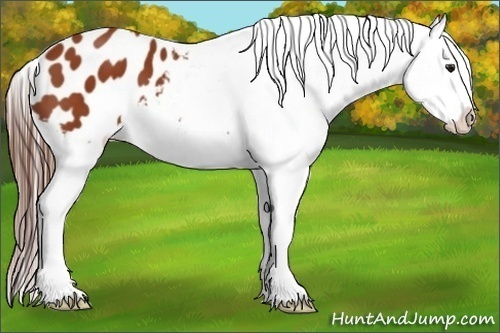
SA Illuminada 3G SNF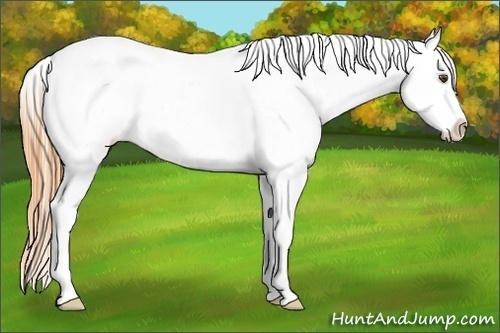
SA Lucky Dash 5G SNF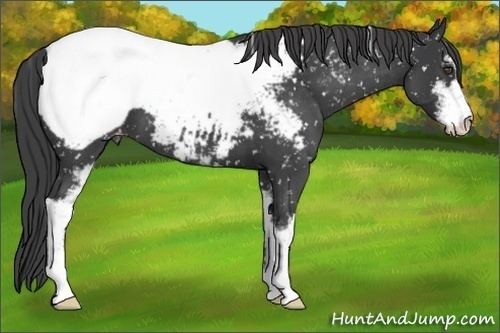
3003044
5 year old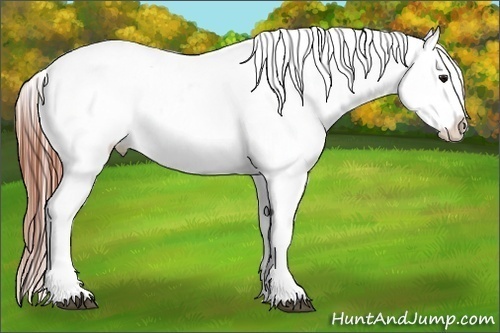
4G TX Magnus Bane SNF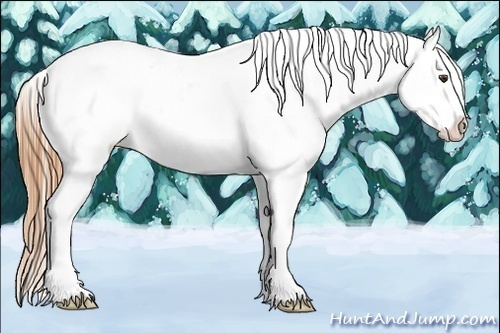
SA Lady Luck 5G SNF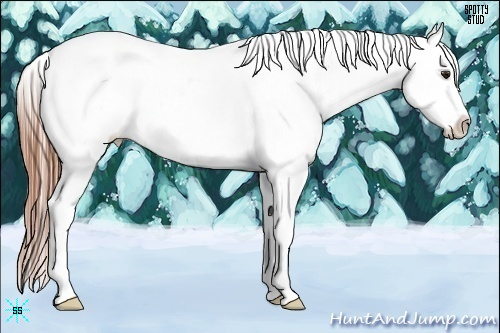
Bengal SNF
8 year old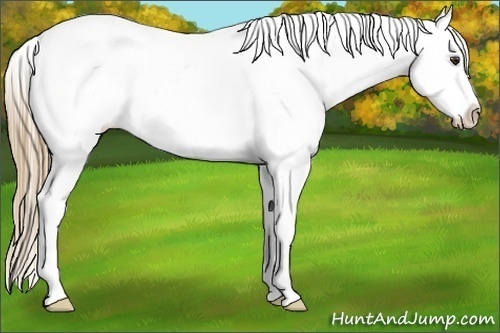
SNF American Dream 3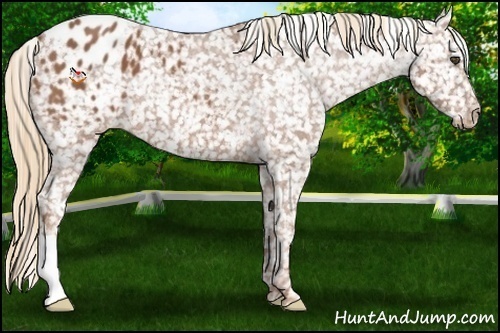
snf BunnChef 5g
AHH 1909912 SNF
12 year old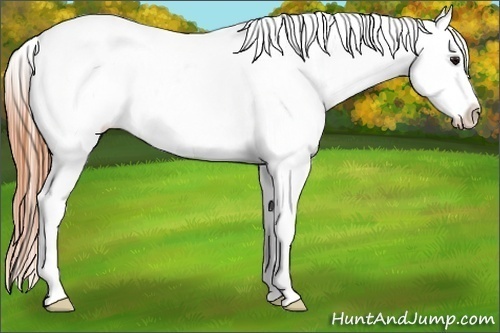
AHH 1427232
AHH 1427238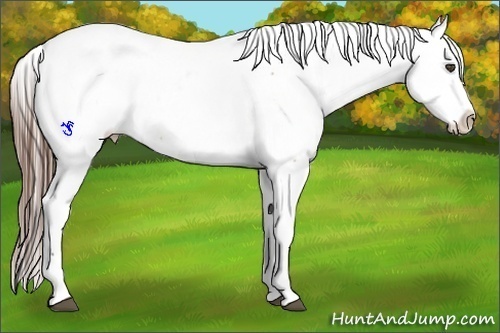
1443105
As you can see, Hom Llp Horses will basically go completely white, while het Llp Horses will retain their spots but any other color will go white. -
The next post will be Mushroom. Then we will hit DP, KP and GP, and then we will hit the fantasy genes by family—Nexus Complex, Ice, Rainbow Riot, Chinchilla. I will also be going back to the Dun entry to update it for the new Dun variation (nd1) and the new terminology for non dun (nd2).
-
Yes! A while back, before I got completely swallowed by vet school, we were doing a lot of data collecting on the whole appy spot size theory. Finally, Ammit took pity on us (me) and confirmed the darkening genes aspect as a part of it. Combining that with the data I'd collected, my working theory is that there's a gene for general size that's an incomplete dominance (so, in a sense, you have three sizes: pinpoint spots (microdots), mid-size which seems most common and then really large spots (megaspots)) Then, the darkening genes further impact the overall size of those spots.
I pulled together a bunch of examples of my working theory using different numbers of darkening genes in chestnut but didn't want to clutter the thread unnecessarily - but here's a quick image summary! (Let me know if all of them would be helpful and I can edit it!)
4 darkening genes and homozygous microdot (sp sp)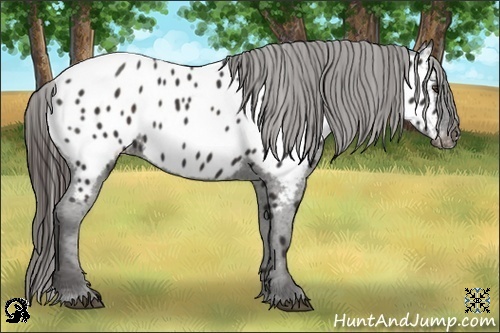
FRII Hepa Sight
4 darkening genes and heterozygous megaspot and microdot (Sp sp)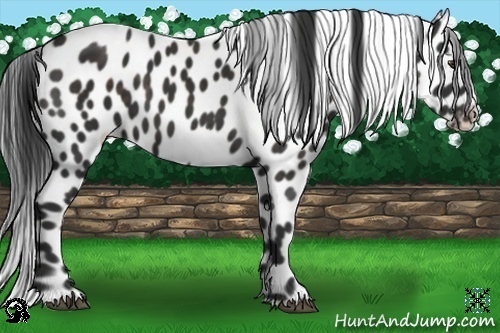
FRII Polka Dot
4 darkening genes and homozygous megaspot (Sp Sp)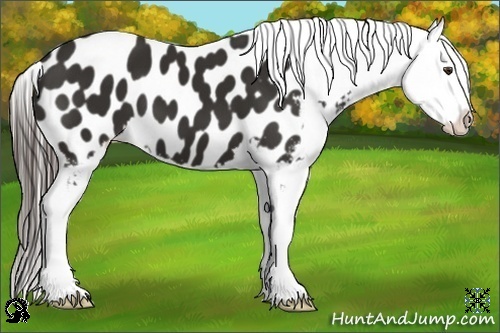
2988680 -
That’s a really helpful example, Waldgraf. Thank you for that!
-
Ok, Mushroom!
Mushroom is a recessive gene that fades out red pigment on horses. It doesn’t show on plain black horses at all, and has a varying level of effect on the color of bay or red based horses. On chestnuts it may cause the mane and tail to lighten, a bit like flaxen even on a horse with no flaxen. Mushroom will affect, to some degree, all variations of colors that show red pigment including het cream, cream pearl, pearl, dun, nd1, and champagne.
Most horses in game with Mushroom are red based—chestnut or liver, palomino or chocolate.
Mu is no mushroom
mu is mushroom
Must be Hom for mu to show
Mushroom is a closed gene, meaning that you must buy it from the game for real money to breed it. It does not occur spontaneously in the game and is not available in the GMT Lab. It is on the rotating gene sale.
Mushroom has its own Breeders Club.
The effect of mushroom is quite variable, even on horses that are the same color with the same number of darkening genes. Here are a few examples. All of these horses are Hom for mu.
Blue roan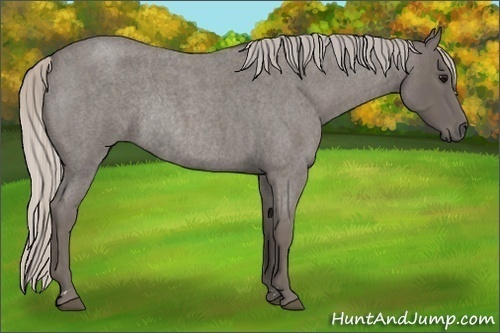
99 2199203
Black het pearl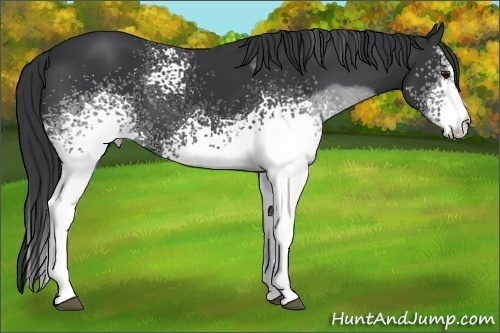
AHH 3185128
Dark bay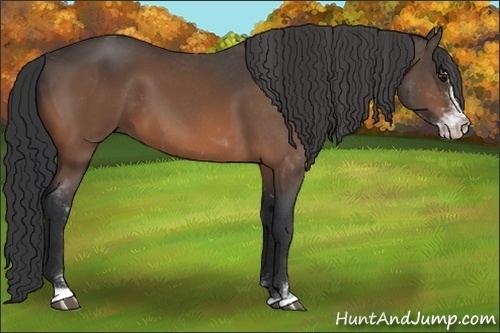
RS Fungus Amongus
Light bay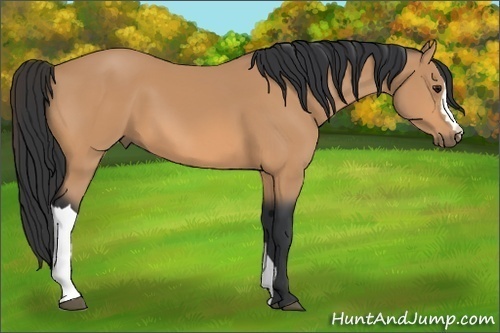
ZMu Mellow Mushroom XPerf
Dark silver bay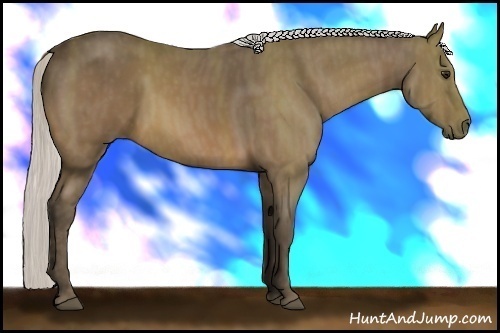
Forest Lock Rs mus
Dark bay dun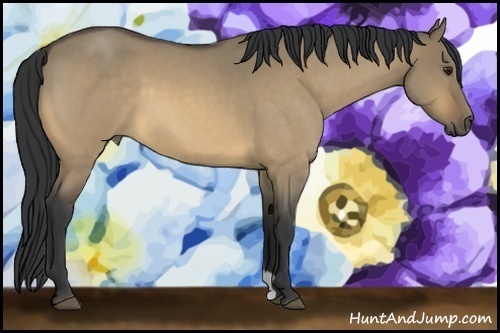
Rabid Cat
Dark wild bay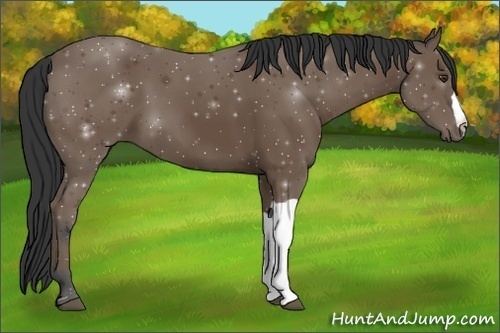
2199224
Light wild bay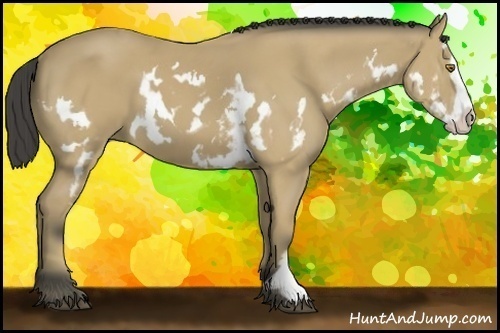
Penns Best mush
Wild bay buckskin Appaloosa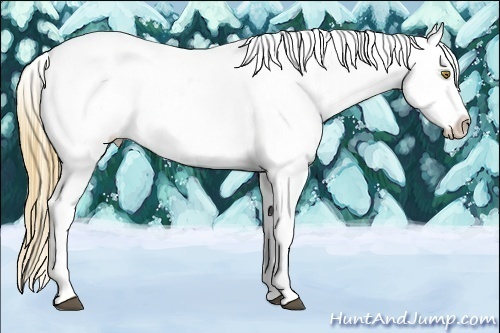
NaF Mellow Gate
Black liver flaxen chestnut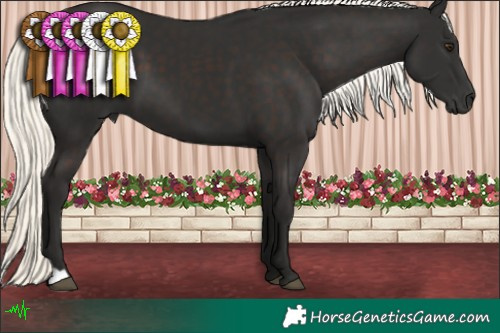
1WRS C99 MU Gypsum
Black liver flaxen chestnut S+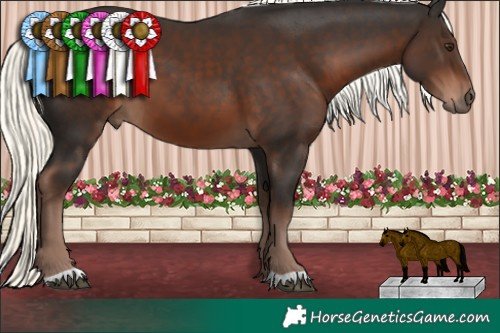
1DRSMU C99 PPL MadHatter
Dark palomino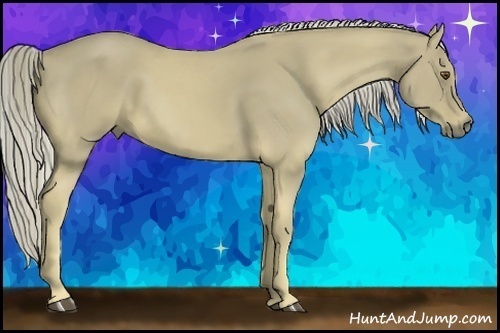
HS1 Kingdom Come mu
Black liver no flaxen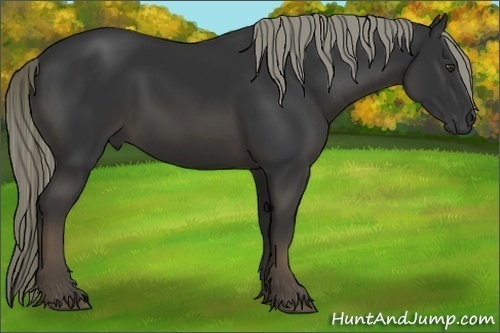
RS Freaky Dark hmu
Light chestnut
FR Marian Mushroom
Dark chestnut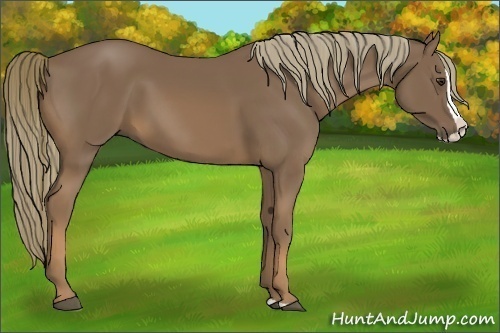
If You Please
Chocolate palomino pearl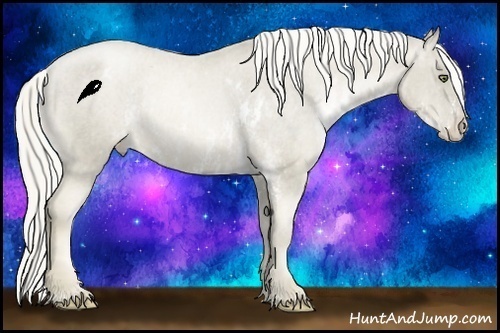
Yam Pearly Gate -
Back in the W20 post, you mentioned the belly spot that can be associated with W20, but didn't have a picture at the time. I bred a W20 with a belly spot this year.
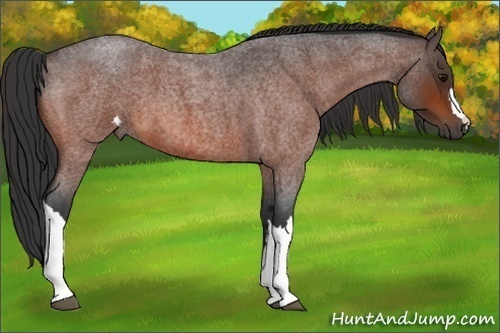
AdL Don QuixoteThanked by 1Cheers




















